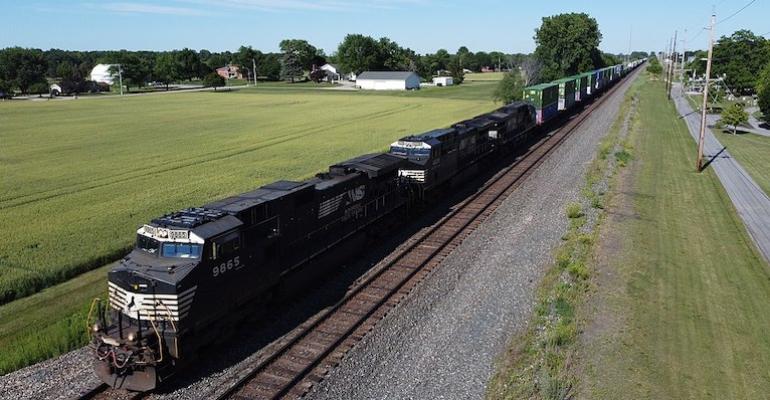In mid-September, the Association of American Railroads (AAR), representing the large “Class 1” railroads in the States, had tentatively agreed with a group of 13 labour unions on a deal, that would have averted a threatened work stoppage. These unions represent more than 100,000 workers.
The agreement allowed for a months-long period in which the unions could vote to ratify the agreement- or not. With less than a month until that deadline, a third union, the International Brotherhood of Boilermakers has rejected the agreement. While it has a relatively small member count, they perform vital repair work on locomotives.
Last month, two unions with much larger headcounts- representing track maintenance and signal maintainers, had both voted to reject the deal hammered out during September.
While negotiations with these unions continue, the threat of a strike is looming and this could come during the first week of December. As is the custom with labour matters, other unions (even those that had voted “yes” on approval) would respect the picket lines of the naysayers.
Two large unions, representing the actual employees on the trains, now whittled down to two person crews in many cases- on trains in excess of a mile in length, are scheduled to vote, just prior to the Thanksgiving holiday at end November. While the agreed upon wage increases are viewed as hefty, the sticking point continues to be “work rules”- labor practices impacting a workforce stretched thin.
Early in the pandemic, with slumping demand, there were many worker retirements; as demand ratcheted back in late 2020/ early 2021, hiring of workers did not keep pace- so the existing workforce has been stretched thin. Practices such as “Precision Railroading”, which has led to increased scrutiny of the carriers, have added to the pressure on workers.
The impact of a strike, which would quickly back up in the supply chain to warehouses, distribution centers, and storage facilities, is what is on the minds of cargo shippers, ports, and vessel operators alike. Though numbers are imprecise, analysts estimate that roughly 30% of US freight would find its way onto the rail network; rail industry insiders suggested that a strike would have a cost, initially, of $2bn per day on the US economy.
The timing is tricky; it comes shortly after the US “midterm” elections- with the make-up of Congress, including committees that interface with transport matters, set to shift gears. In a media interview with the CNN network, the Secretary of Labor, Marty Walsh, appointed by the President, so he stays in his job for another two years, or longer- if the Democrats prevail in 2024, had said if, “for some reason [one of the unions] doesn’t get to an agreement with the companies then … Congress will have to take action to avert a strike in our country”.
The labour and rail management are continuing to talk; indeed, for one of the bigger unions, it pushed back its previous deadline for calling a strike from late November into early December. The good news, for those thinking optimistically- is that they are still talking.
Copyright © 2024. All rights reserved. Seatrade, a trading name of Informa Markets (UK) Limited.
Add Seatrade Maritime News to your Google News feed.  |

